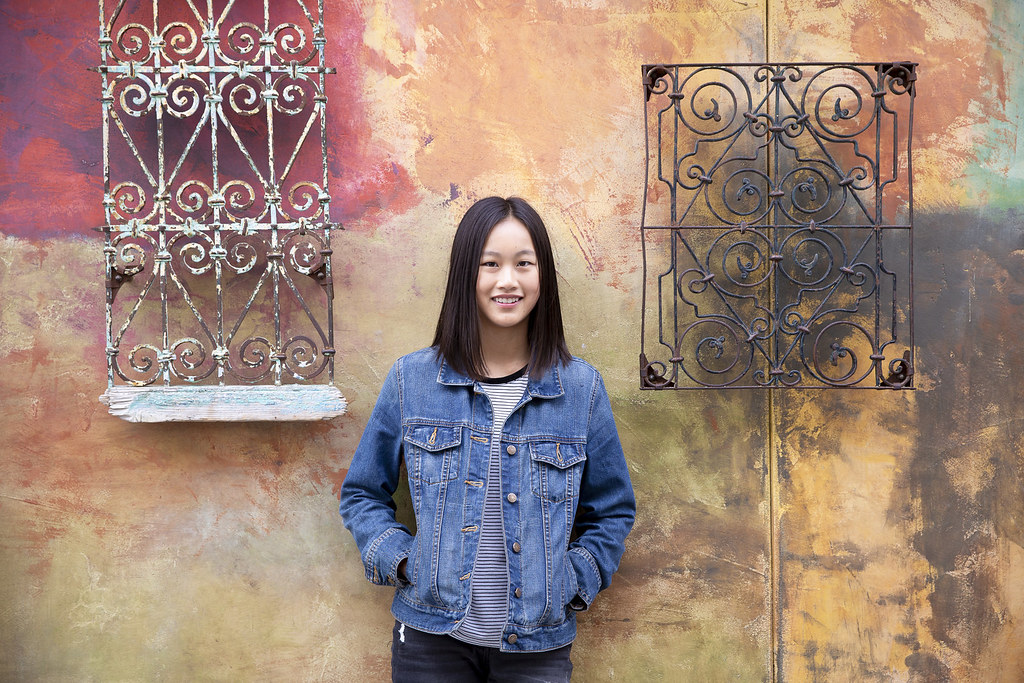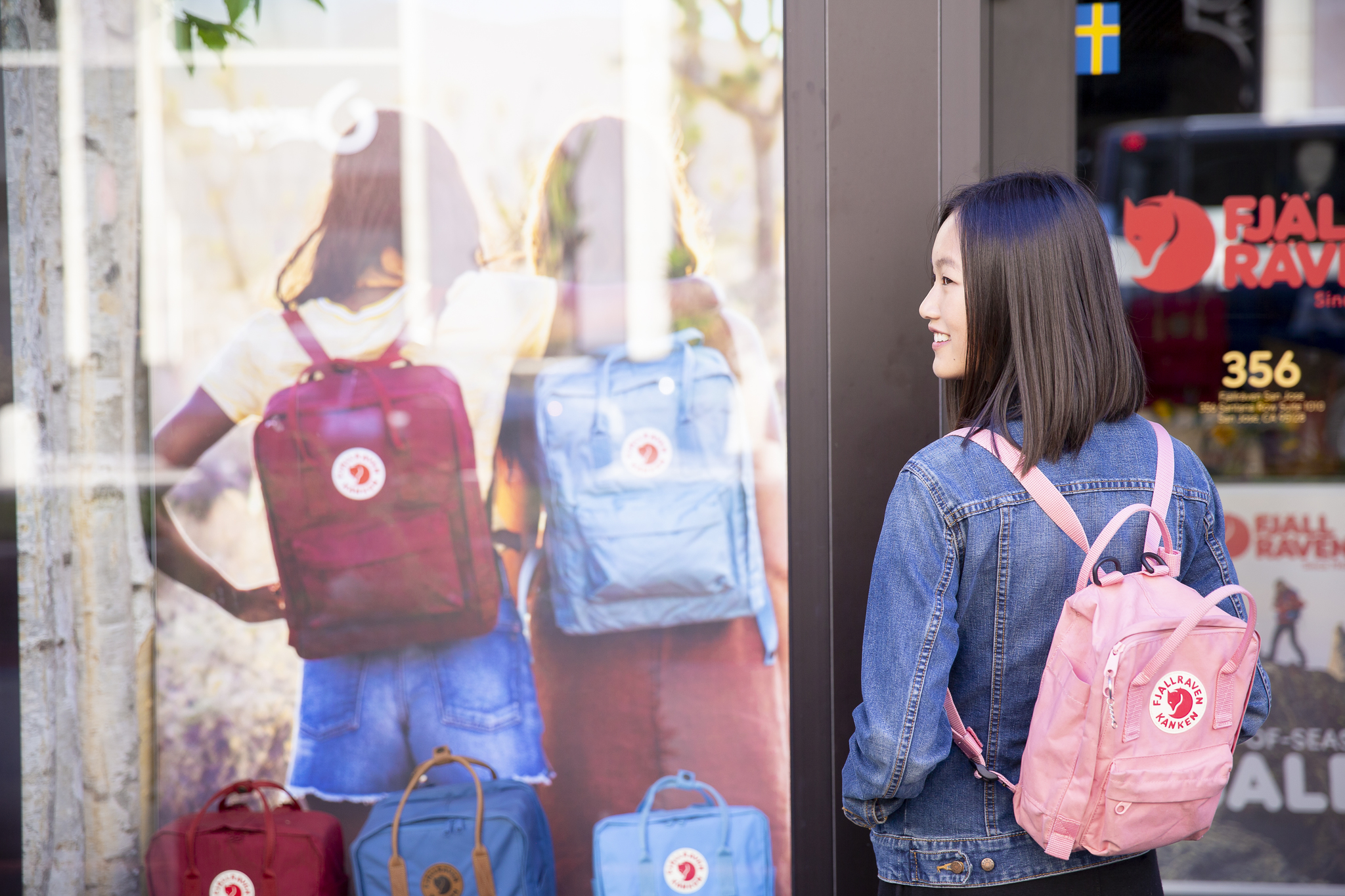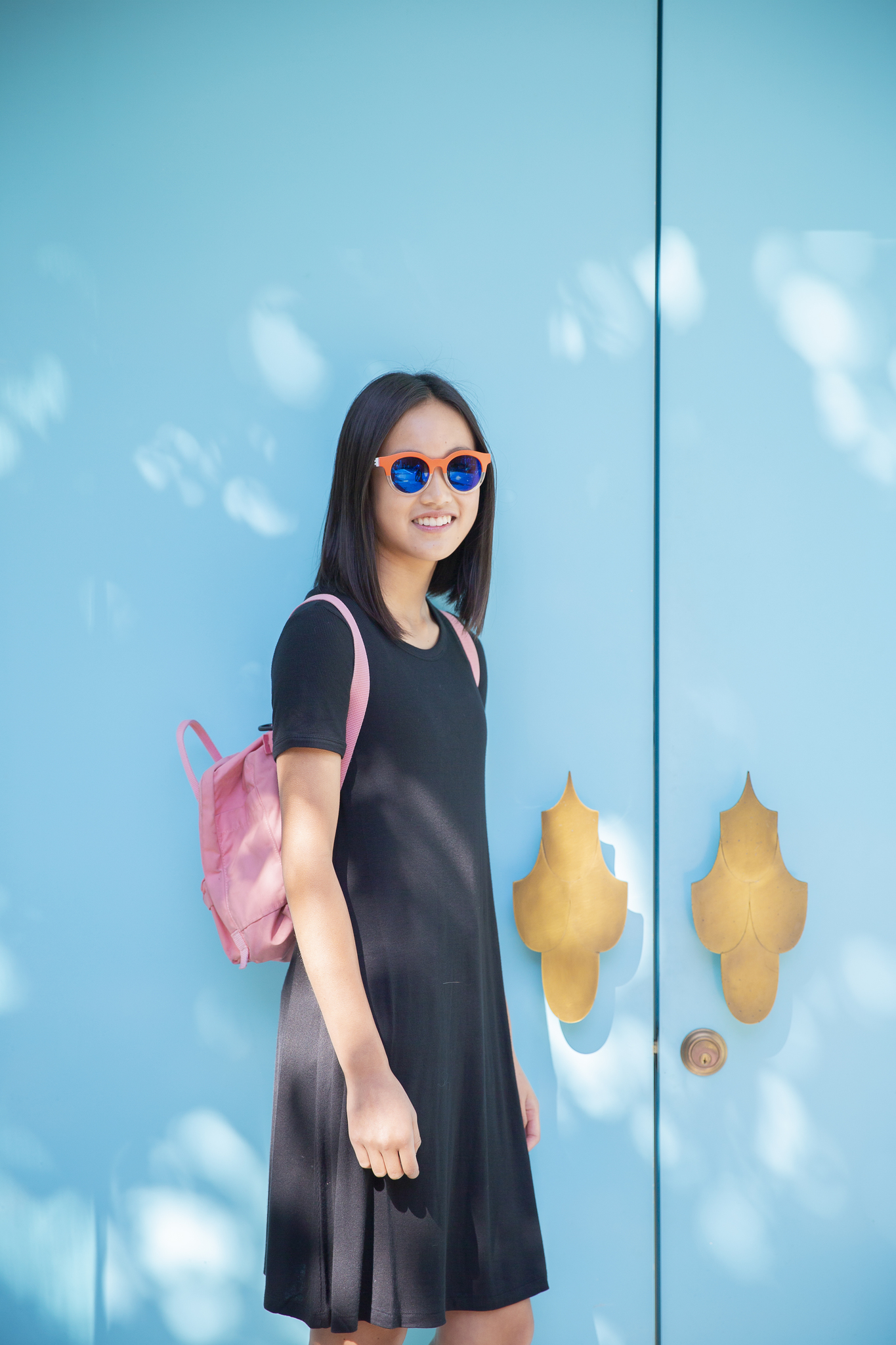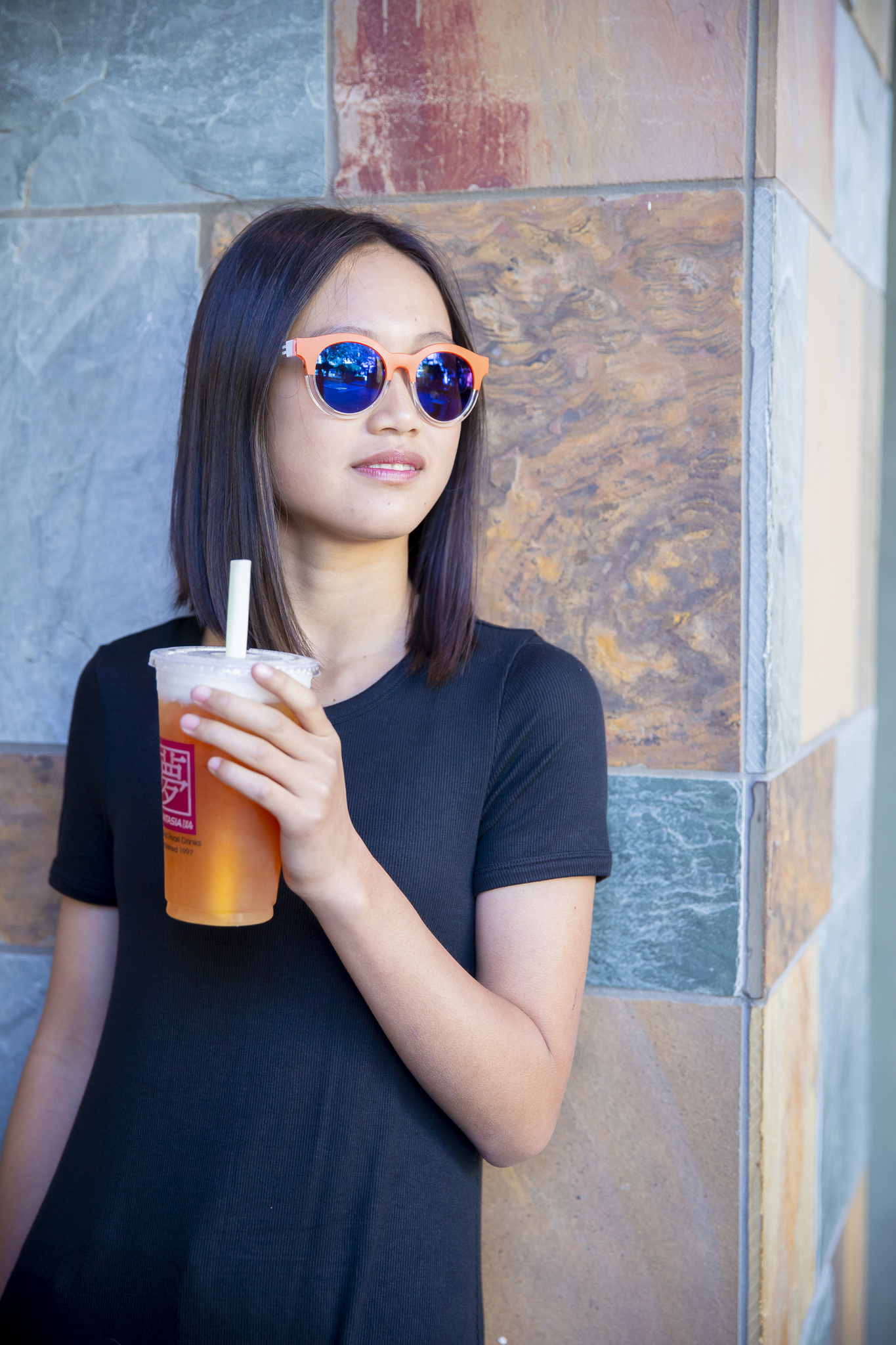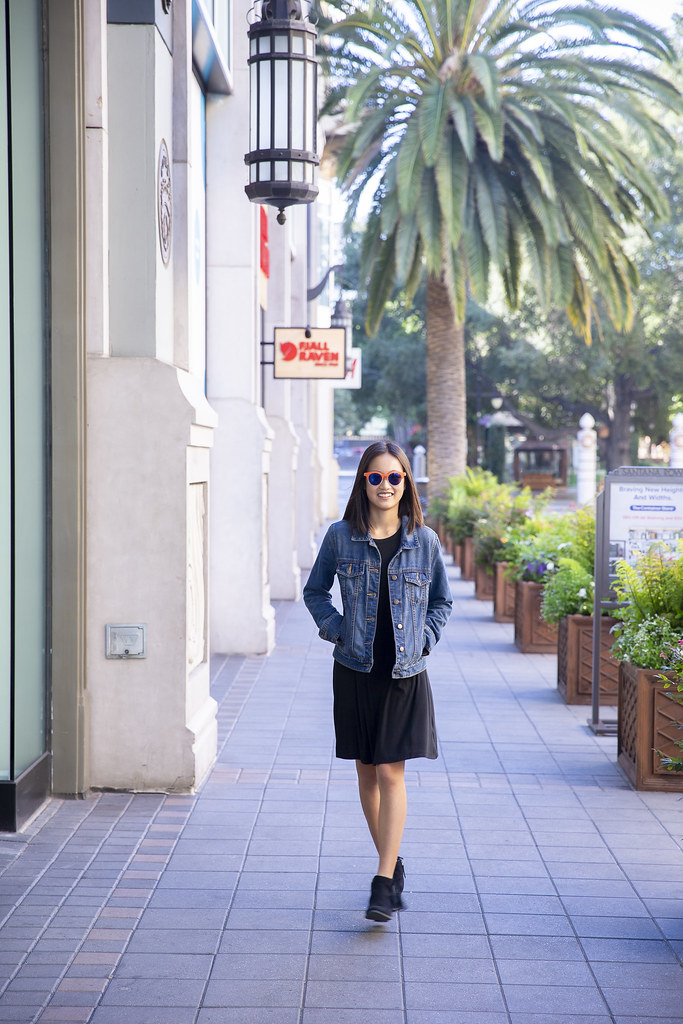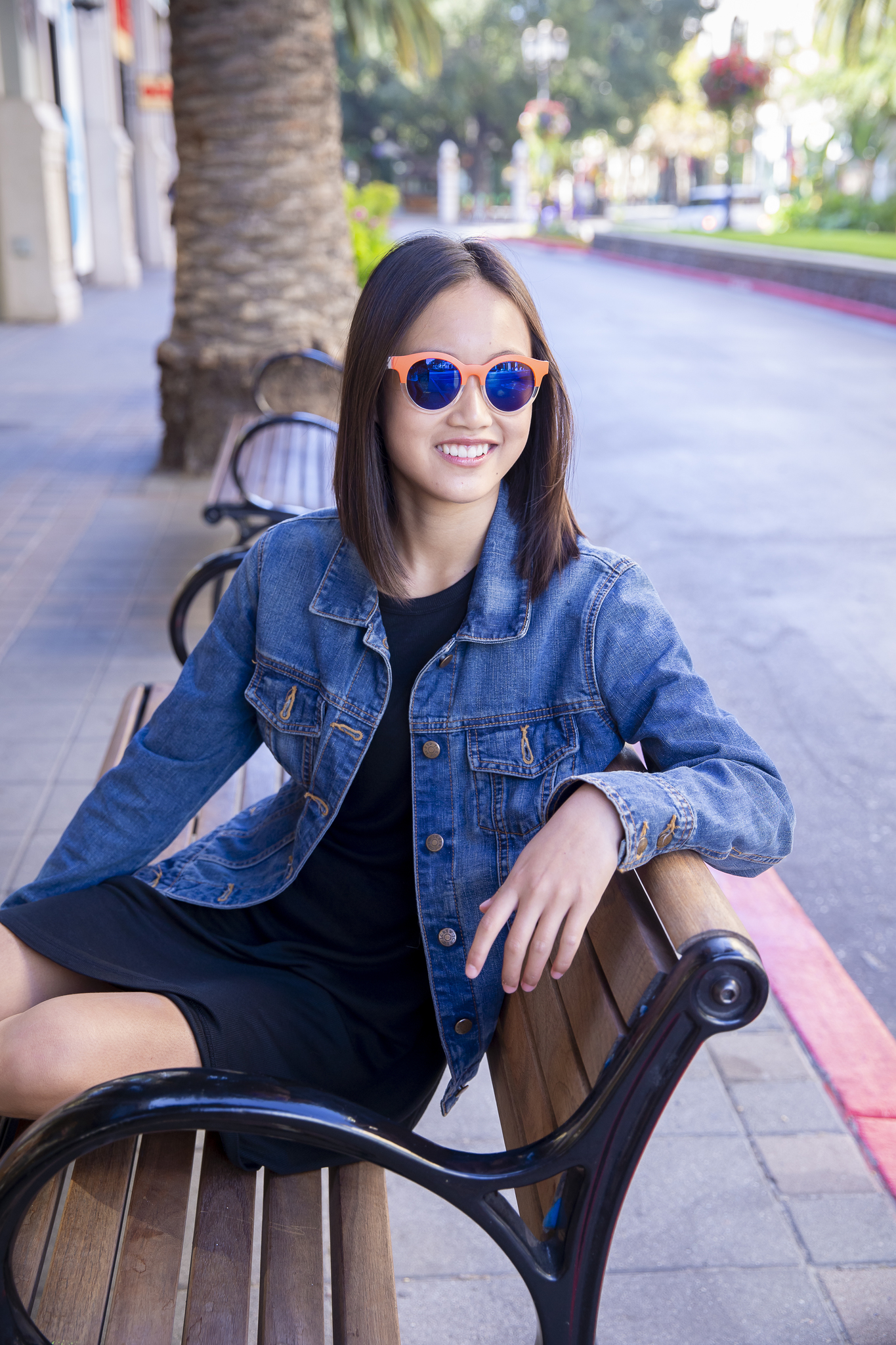Being an Xpan user for a long time, scanning Xpan negatives efficiently without sacrificing quality has always remained a pain point to me.
In the past, I used a Nikon Coolscan 9000ED scanner with a glass holder to scan three Xpan negatives in a batch. The negatives were carefully cut into short strips of three pictures, and positioned parallel into the glass holder. For the first negative, I previewed in Vuescan, and selected an area slightly larger than the image. Hit the Scan button to scan the first picture, keep the Frame number to 1 with the Frame offset 66 for the second picture, and change Frame number to 2 with Frame offset 49 for the third picture. Scanning with Nikon 9000ED was painfully slow. And often I had to deal with Newton rings caused by the glass filter. The process always made me think twice before taking pictures with Xpan.
On the other side, scanning regular 35mm negatives with Nikon Coolscan 5000ED scanner has always been a joy. 5000ED produces high-quality scans with up to 4000dpi and ICE, the same as 9000ED scanner. With an SA-30 holder (actually modified SA-21 holder), I was able to scan the entire roll in one batch, with a single press of the Scan button in Vuescan. Of course it would take an hour to finish the task, but it did not require my attention at all.
Unfortunately, Nikon Coolscan 5000ED does not support Xpan format. Many creative minds have come up with various approaches to scan Xpan negatives in two passes (e.g., [1], and [2]). However, often such approaches require a lot of manual intervention during scan, or was not entirely clear about their details.
So here is a workflow I figured out recently. It exploits the SA-30 holder to scan a whole roll of Xpan negatives in a batch, with minimal user intervention. It does two passes to scan the Xpan negatives, and requires software stitch after the scan. But it is a huge improvement compared to Coolscan 8000ED/9000ED workflow.
- Feed Xpan negative to Nikon SA-30 film holder on a Nikon Coolscan 5000ED scanner.
- Launch Vuescan, click Input tab, and turn off Frame alignment.
- Click Preview button to get the preview of the first picture. Set appropriate Frame offset so that the beginning edge of the first picture is close to the edge of the scanning area.
- Click Crop tab, set manual crop size, making sure that the crop area covers the full length of the scanning area.
- Adjust all other settings as your wish.
- In Input tab, check Lock exposure.
- In input tab, set Frame spacing to 66.500. This is arguably the most important parameter to set!
- Turn on Batch scan, and press Scan button to scan the whole roll for the first pass.
- Increase Frame offset from its old value by 29.5. For example, if the old Frame offset is 3, you should change it to 32.5 (= 29.5 + 3).
- Set Frame number to 1, and press Scan button to scan the whole roll for the second pass.
That’s it. You will get two batches of images that are ready to be stitched in software. After saving the settings to a Vuescan profile, the only thing you need to do is to adjust the Frame offset after the preview.
SA-30 holder is hard to find on the market. Fortunately, there is an easy hack to turn a regular SA-21 holder into an SA-30 [3].
I hope this will not further push up the now already hefty price of Nikon Coolscan 5000ED and Xpan cameras. But who knows?
[1] https://www.stockholmviews.com/xpan-scanning/index.html
[2] https://www.l-camera-forum.com/topic…coolscan-5000/
[3] http://www.helmut-stoepfgeshoff.de/sa21-sa30e.html












